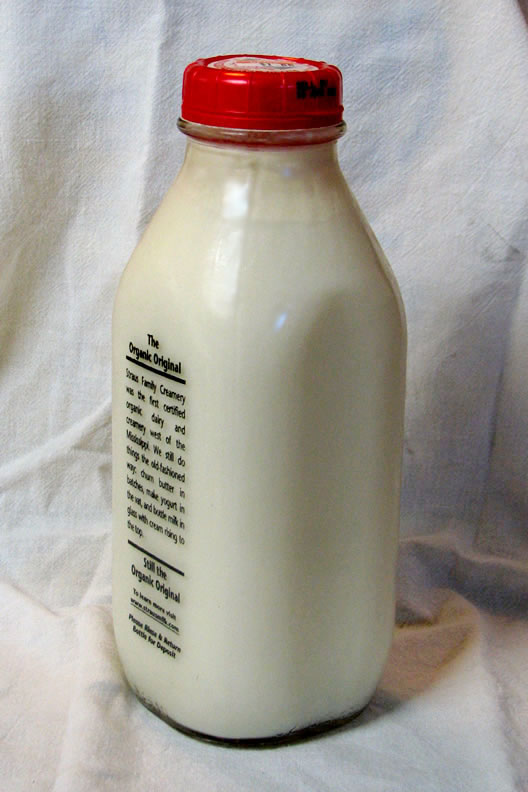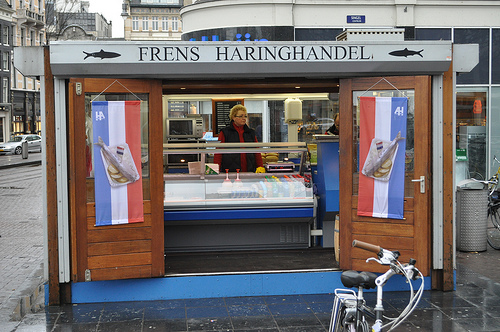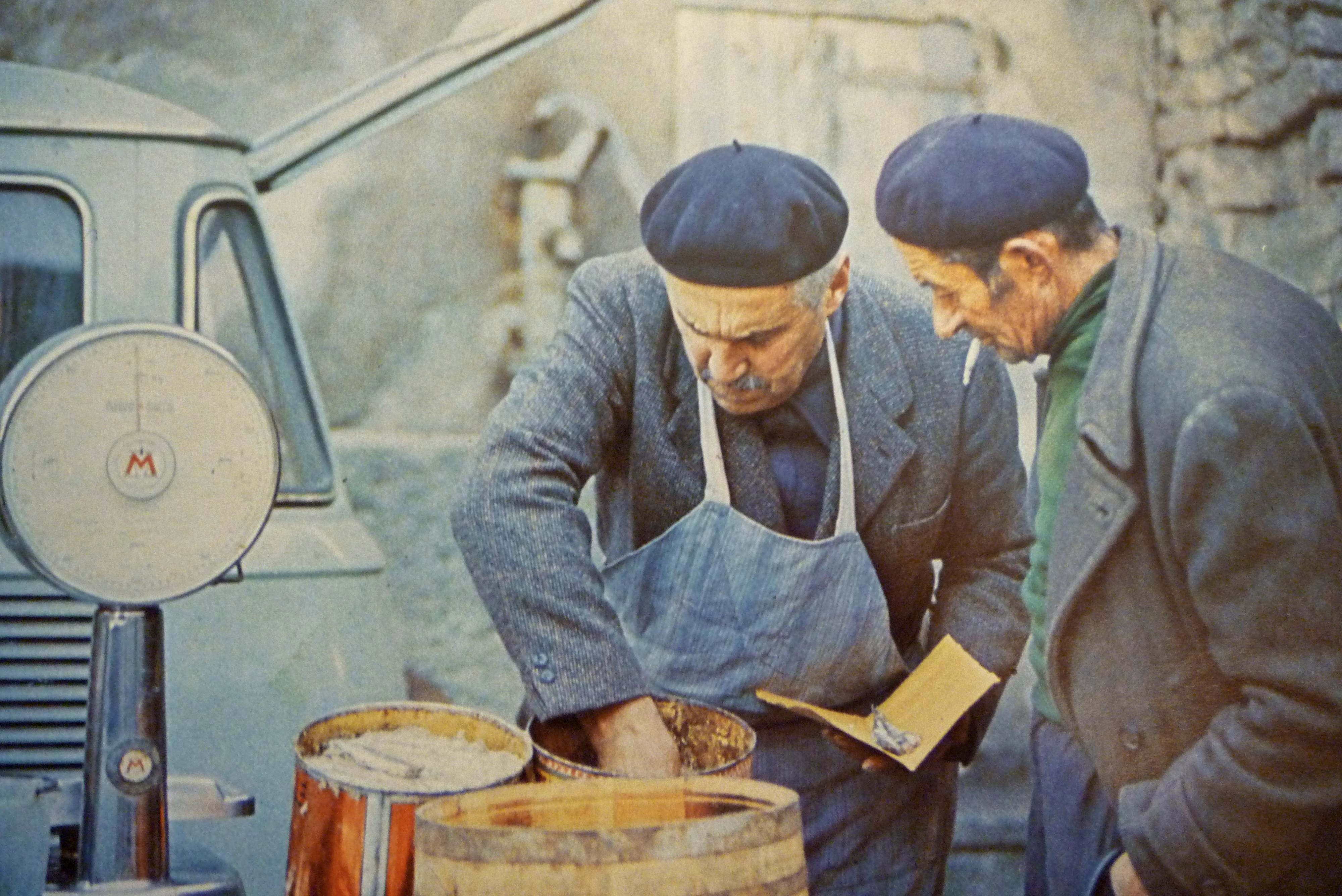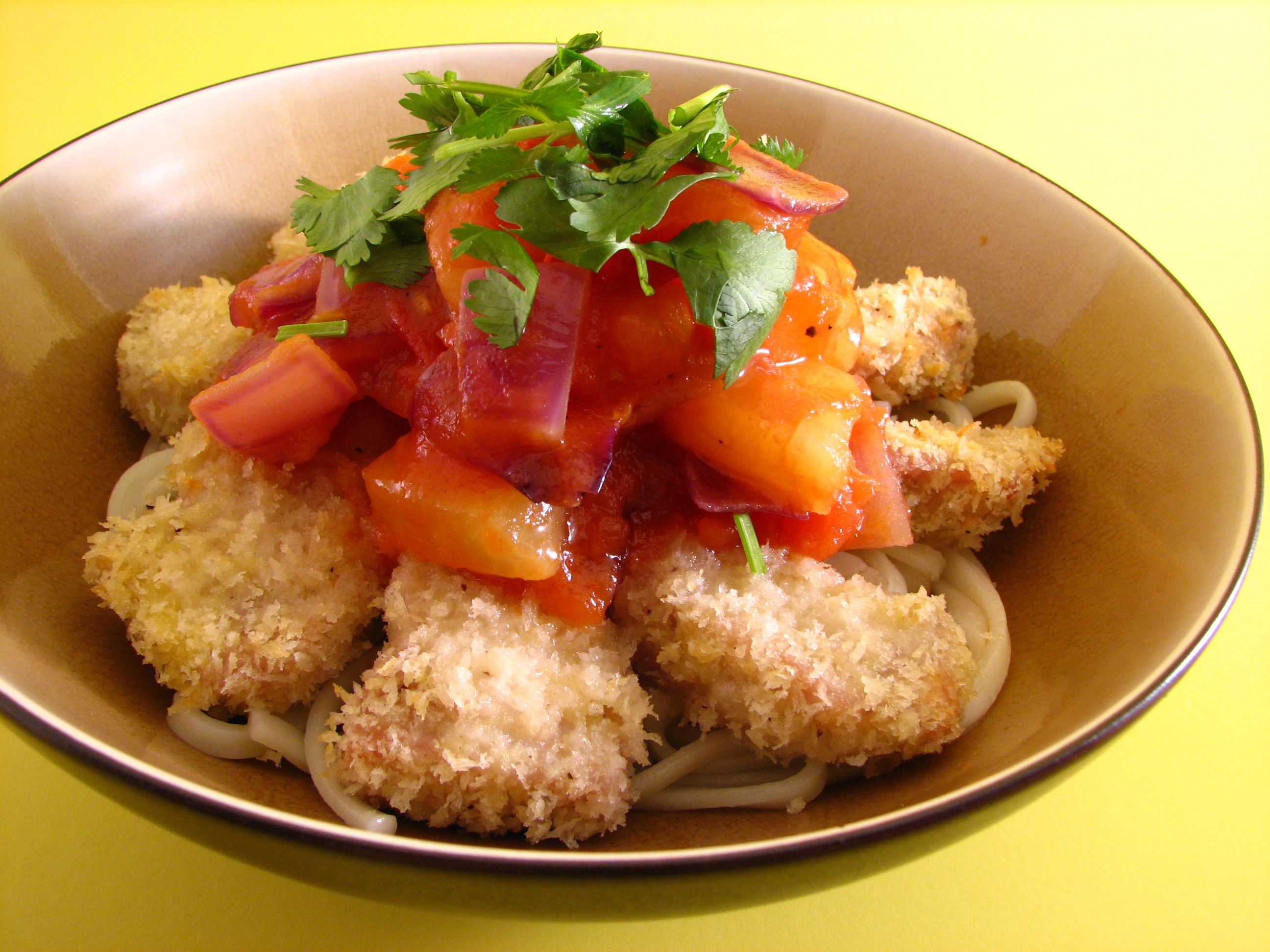|
Königsberger Klopse
''Königsberger Klopse'' (), also known as ''Soßklopse'', are a German specialty of meatballs in a creamy white sauce with capers. Name The dish is named for the former German city of Königsberg (now Kaliningrad, Russia), and is one of the highlights of historical East Prussian cuisine. In the German Democratic Republic (GDR), the dish was officially called ''Kochklopse'' ("boiled meatballs") to avoid any reference to its namesake city, which in the aftermath of World War II had been annexed by the Soviet Union. The city's German inhabitants had been expelled, and the city had been repopulated with Russians and other Soviet citizens and renamed after Mikhail Kalinin, a close ally of Joseph Stalin in the Soviet leadership. ''Königsberger Klopse'' were jokingly referred to as '' Revanchistenklopse''. Königsberger Klopse are still a popular dish in present-day Germany. In 2022, it was featured on CNN as one of the best German dishes. Preparation The meatballs are made from ... [...More Info...] [...Related Items...] OR: [Wikipedia] [Google] [Baidu] |
East Prussia
East Prussia was a Provinces of Prussia, province of the Kingdom of Prussia from 1772 to 1829 and again from 1878 (with the Kingdom itself being part of the German Empire from 1871); following World War I it formed part of the Weimar Republic's Free State of Prussia, until 1945. Its capital city was Königsberg (present-day Kaliningrad). East Prussia was the main part of the Prussia (region), region of Prussia along the southeastern Baltic Sea, Baltic Coast. The bulk of the ancestral lands of the Baltic Old Prussians were enclosed within East Prussia. During the 13th century, the native Prussians were conquered by the crusading Teutonic Knights. After the Northern Crusades, conquest the indigenous Balts were gradually converted to Christianity. Because of Germanization and colonisation over the following centuries, Germans became the dominant ethnic group, while Polish people, Poles and Lithuanians formed sizeable minorities. From the 13th century, the region of Prussia was part ... [...More Info...] [...Related Items...] OR: [Wikipedia] [Google] [Baidu] |
Cream
Cream is a dairy product composed of the higher-fat layer skimmed from the top of milk before homogenization. In un-homogenized milk, the fat, which is less dense, eventually rises to the top. In the industrial production of cream, this process is accelerated by using centrifuges called " separators". In many countries, it is sold in several grades depending on the total butterfat content. It can be dried to a powder for shipment to distant markets, and contains high levels of saturated fat. Cream skimmed from milk may be called "sweet cream" to distinguish it from cream skimmed from whey, a by-product of cheese-making. Whey cream has a lower fat content and tastes more salty, tangy, and "cheesy". In many countries partially fermented cream is also sold as: sour cream, crème fraîche, and so on. Both forms have many culinary uses in both sweet and savoury dishes. Cream produced by cattle (particularly Jersey cattle) grazing on natural pasture often contains some fat ... [...More Info...] [...Related Items...] OR: [Wikipedia] [Google] [Baidu] |
Roux
Roux () is a mixture of flour and fat cooked together and used to thicken sauces. Roux is typically made from equal parts of flour and fat by weight. The flour is added to the melted fat or Cooking oil, oil on the stove top, blended until smooth, and cooked to the desired level of Food browning, brownness. A roux can be white, blond (darker), or brown. Butter, bacon drippings, or lard are commonly used fats. Roux is used as a thickening agent for gravy, sauces, soups, and stews. It provides the base for a dish, and other ingredients are added after the roux is complete. Ingredients The fat is most often butter in French cuisine, but may be lard or vegetable oil in other cuisines. Roux is used in three of the five mother sauces of Cuisine classique, classic French cooking: béchamel sauce, velouté sauce, and espagnole sauce. Roux may be made with any edible fat. For meat gravies, fat rendered from meat is often used. In regional Cuisine of the United States, American cuisin ... [...More Info...] [...Related Items...] OR: [Wikipedia] [Google] [Baidu] |
Broth
Broth, also known as bouillon (), is a savory liquid made of water in which meat, fish, or vegetables have been simmered for a short period of time. It can be eaten alone, but it is most commonly used to prepare other dishes, such as soups, gravies, and sauces. Commercially prepared liquid broths are available, typically chicken, beef, fish, and vegetable varieties. Dehydrated broth in the form of bouillon cubes was commercialized beginning in the early 20th century. Stock versus broth Many cooks and food writers use the terms ''broth'' and ''stock'' interchangeably. In 1974, James Beard (an American cook) wrote that stock, broth, and bouillon "are all the same thing". While many draw a distinction between stock and broth, the details of the distinction often differ. One possibility is that stocks are made primarily from animal bones, as opposed to meat, and therefore contain more gelatin, giving them a thicker texture. Another distinction that is sometimes made i ... [...More Info...] [...Related Items...] OR: [Wikipedia] [Google] [Baidu] |
Simmering
Simmering is a food preparation technique by which foods are cooked in hot liquids kept just below the boiling point of water (lower than ) and above poaching temperature (higher than ). To create a steady simmer, a liquid is brought to a boil, then its heat source is reduced to a lower, constant intensity (smaller flame on a gas stove, lower temperature on an induction/electric stove). Visually a liquid will show a little movement without approaching a rolling boil. Methods and equipments Simmering ensures gentler treatment than boiling to prevent food from toughening and/or breaking up. Simmering is usually a rapid and efficient method of cooking. Food that has simmered in milk or cream instead of water is sometimes referred to as creamed. The appropriate simmering temperature is a topic of debate among chefs, with some but not all considering that a simmer is as low as . Some modern gas ranges have a simmering burner, which may be a rear burner, supporting a steady low hea ... [...More Info...] [...Related Items...] OR: [Wikipedia] [Google] [Baidu] |
Rostock
Rostock (; Polabian language, Polabian: ''Roztoc''), officially the Hanseatic and University City of Rostock (), is the largest city in the German States of Germany, state of Mecklenburg-Vorpommern and lies in the Mecklenburgian part of the state, close to the border with Pomerania. With around 210,000 inhabitants, it is the third-largest city on the German Baltic Sea, Baltic coast after Kiel and Lübeck, the eighth-largest city in the area of former East Germany, as well as the List of cities in Germany by population, 39th-largest city of Germany. Rostock was the largest coastal and most important port city in East Germany. Rostock stands on the estuary of the Warnow, River Warnow into the Bay of Mecklenburg of the Baltic Sea. The city stretches for about along the river. The river flows into the sea in the very north of the city, between the boroughs of Warnemünde and Hohe Düne. The city center lies further upstream, in the very south of the city. Most of Rostock's inhabita ... [...More Info...] [...Related Items...] OR: [Wikipedia] [Google] [Baidu] |
Herring As Food
Herring are forage fish in the wild, mostly belonging to the family Clupeidae. They are an important Fish as food, food for humans. Herring often move in large Shoaling and schooling, schools around fishing banks and near the coast. The most abundant and commercially important species belong to the genus ''Clupea'', found particularly in shallow, temperate waters of the North Pacific Ocean, North Pacific and North Atlantic Oceans, including the Baltic Sea, as well as off the west coast of South America. Three species of ''Clupea'' are recognized; the main taxon, the Atlantic herring, accounts for over half the world's commercial capture of herrings. Herrings played a pivotal role in the history of marine fisheries in Europe, and early in the twentieth century, their study was fundamental to the evolution of fisheries science.Pauly, Daniel (2004''Darwin's Fishes: An Encyclopedia of Ichthyology, Ecology, and Evolution''Page 109, Cambridge University Press. . These oily fish also ha ... [...More Info...] [...Related Items...] OR: [Wikipedia] [Google] [Baidu] |
Anchovies As Food
Anchovies are small, common saltwater forage fish in the family Engraulidae that are used as human food and fish bait. There are 144 species in 17 genera found in the Atlantic, Indian, and Pacific Oceans. Anchovies are usually classified as oily fish. They are small, green fish with blue reflections due to a silver longitudinal stripe that runs from the base of the caudal fin. They range from to in adult length, and the body shape is variable, with more slender fish in northern populations. A traditional method of processing and preserving anchovies is to gut and salt them in brine, allow them to cure, and then pack them in oil or salt. This results in the characteristic strong flavor associated with anchovies, and their flesh turns deep grey. Anchovies pickled in vinegar, as with Spanish '' boquerones en vinagre'', are milder, and the flesh retains a white color. For domestic use, anchovy fillets are sometimes packed in oil or salt in small tins or jars, sometimes ... [...More Info...] [...Related Items...] OR: [Wikipedia] [Google] [Baidu] |
White Pepper
Black pepper (''Piper nigrum'') is a flowering vine in the family Piperaceae, cultivated for its fruit (the peppercorn), which is usually dried and used as a spice and seasoning. The fruit is a drupe (stonefruit) which is about in diameter (fresh and fully mature), dark red, and contains a stone which encloses a single pepper seed. Peppercorns and the ground pepper derived from them may be described simply as ''pepper'', or more precisely as ''black pepper'' (cooked and dried unripe fruit), ''green pepper'' (dried unripe fruit), or ''white pepper'' (ripe fruit seeds). Black pepper is native to the Malabar Coast of India, and the Malabar pepper is extensively cultivated there and in other tropical regions. Ground, dried, and cooked peppercorns have been used since antiquity, both for flavour and as a traditional medicine. Black pepper is the world's most traded spice, and is one of the most common spices added to cuisines around the world. Its spiciness is due to the chemical ... [...More Info...] [...Related Items...] OR: [Wikipedia] [Google] [Baidu] |
Spice
In the culinary arts, a spice is any seed, fruit, root, Bark (botany), bark, or other plant substance in a form primarily used for flavoring or coloring food. Spices are distinguished from herbs, which are the leaves, flowers, or stems of plants used for flavoring or as a garnish (food), garnish. Spices and seasoning do not mean the same thing, but spices fall under the seasoning category with herbs. Spices are sometimes used in medicine, Sacred rite, religious rituals, cosmetics, or perfume production. They are usually classified into spices, spice seeds, and herbal categories. For example, vanilla is commonly used as an ingredient in Aroma compound, fragrance manufacturing. Plant-based sweeteners such as sugar are not considered spices. Spices can be used in various forms, including fresh, whole, dried, grated, chopped, crushed, ground, or extracted into a tincture. These processes may occur before the spice is sold, during meal preparation in the kitchen, or even at the ... [...More Info...] [...Related Items...] OR: [Wikipedia] [Google] [Baidu] |
Bread Crumbs
Breadcrumbs are a culinary ingredient consisting of flour or crumbled bread of varying dryness, sometimes with seasonings added. They are used for a variety of purposes, including breading or crumbing foods before frying (such as breaded cutlets like tonkatsu and schnitzel), topping casseroles, stuffing poultry, thickening stews, and adding inexpensive bulk to soups, meatloaves, and similar foods. Types Dry Dry breadcrumbs are made from dry breads which have been baked or toasted to remove most remaining moisture, and may have a sandy or even powdery texture. Breadcrumbs are most easily produced by pulverizing slices of bread in a food processor, using a steel blade to make coarse crumbs, or a grating blade to make fine crumbs. A grater or similar tool will also do. Fresh The breads used to make soft or fresh breadcrumbs are not quite as dry, so the crumbs are larger and produce a softer coating, crust, or stuffing. The ''crumb'' of ''breadcrumb'' also refers to th ... [...More Info...] [...Related Items...] OR: [Wikipedia] [Google] [Baidu] |







